Today we headed further southwest to yet another ruin, one
that is so famous Phyllis did not want to pass it up: Ephesus, known in Turkish
as Efes. Yes, that is the same name as
the
predominant local beer and Craig is still annoyed that he fell for the
suggestion “why don’t we do Efes today” thinking we were going to a beer
garden. Since we had a couple of hours
drive to get there, we managed to arrive around noon when many tour groups are
at lunch so it was not as crowded as expected at first. However as the afternoon wore on, that
changed. Ephesus is very impressive but
it has just a hint of artificiality to it.
Many of the ruins have been restored, using original fragments of
course, but still somewhat depriving the site of that sense of desolation from
the passage of
time. That Ozymandias
feeling that adds such poignant melancholy to an ancient ruin.
We started at the bottom of the complex and worked our way
uphill to the official city entrance. The
harbor street was closed, and just as well, as there is no real waterfront
there anymore (the silting up of the harbor, plus a few earthquakes, is what
did in the city in antiquity). The amphitheater
is giant, seating 25,000 people in a much more semi-circular
form than the
one at Pergamum (but it had a more gradual hillside to work with) and we were lucky
enough to be sitting on the top row when some other visitors were trying out
the remarkable acoustics of the place.
Initially they were reciting some lines from a play and we could hear
them quite well from our lofty perch.
Then a young woman started singing badly to the smattering of other
visitors.
Having enough of karaoke, we
moved on to the Library of Celsus, which, during the 2nd century
A.D., held 12,000 scrolls. Some of
niches in which scrolls were stored remain intact, as well as some double
walls, which protected the books from heat and humidity. On
the corner of the main street across from
the Library was the brothel, and next to it a public lavatory in which rows of
marble latrine seats still remain, including some personalized by the initials
of the aristocrats who favored them. On
the way uphill we stopped to visit the Terrace Houses, which were essentially
condos built into the hillside for wealthy people. They had running hot and cold water and you
can still see many beautiful frescoes on walls and floors. And at the very top of the hill, just inside
the entrance, were the public baths, which were fixtures at the entrance of
every
ancient city (they didn’t want dirty travelers moving around too much
without cleaning up!).
By 3:30, there were many tour groups crowding along the main
marble surfaced streets of town, and fortunately we were ready to move on. Another couple of hours driving and we were
in Didim, a small town on the southwest Aegean coast that turned out to be hardly
awake from the winter yet. Granted, it
was not very warm, but we were a little surprised to be the only occupants of
our beachfront hotel, and this probably contributed to our general lack of
enthusiasm for the place. Many of the
restaurants along the waterfront promenade were closed as well, but fortunately
one, oddly named Pinocchio, was open (although we appeared to be its only
customers). We struck up quite a
conversation with the seriously bored young waiter who
wanted to practice his
English and who indicated he was working there, many miles from his hometown,
to make money and, as a happy by-product, avoid being called up for mandatory
military service. He said in two more
weeks the season would arrive and things would start hopping. This looks like it will be a true beach town
when that happens. We’re glad to be
moving on before then.

 Didim, Aydın, Turkey
Didim, Aydın, Turkey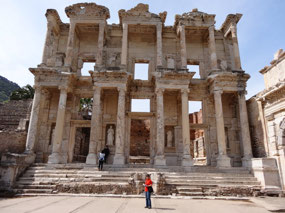
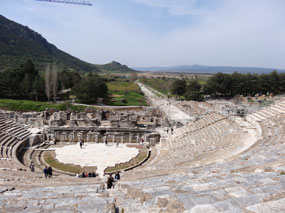
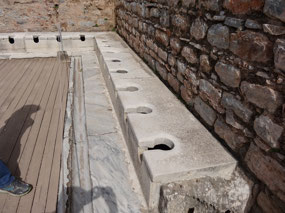
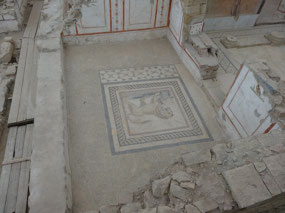

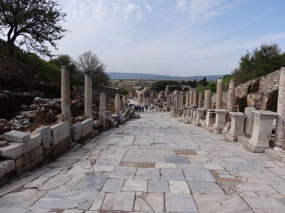



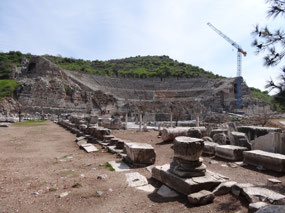
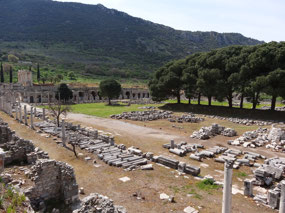
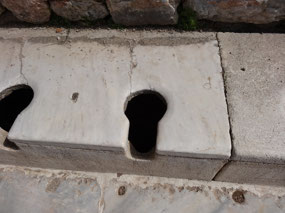
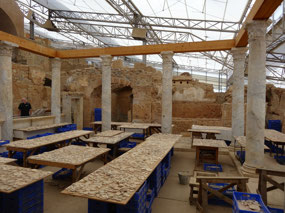
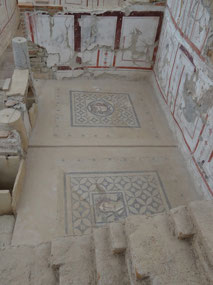
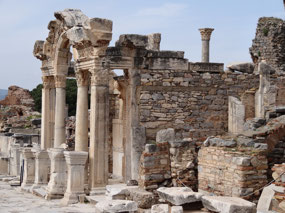
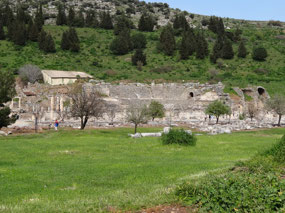
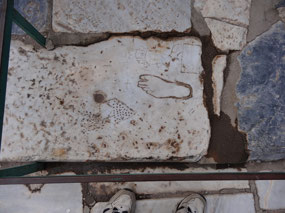
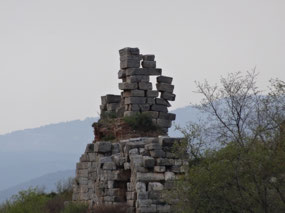
2025-05-23